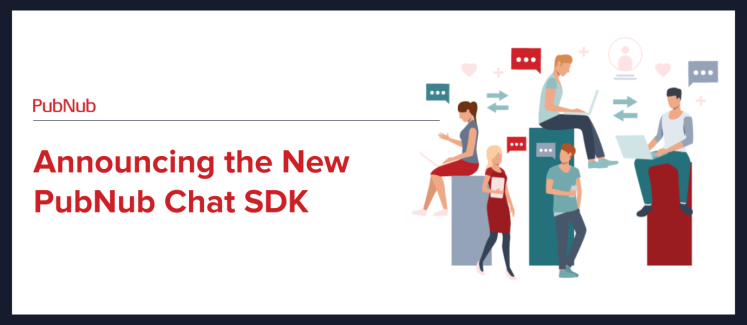
We are excited to announce the new PubNub Chat SDK, the easiest way for developers to create new chat applications or add in-app chat to existing applications.
We frequently see customers implementing the same chat features over and over again with our traditional SDKs; for example, most chat apps will handle group messaging, show a typing indicator, and have a way of organizing users. Rather than expect everyone to implement these high-level features using our traditional APIs, we thought: “Why not expose a dedicated API specifically for chat features?” The Chat SDK was created to address that need. Best of all, since the Chat SDK is still built on the PubNub platform, you get all the great PubNub features we offer, such as compliance, scalability, and security (through the Access Manager).
Any developer targeting TypeScript can use the Chat SDK in their project. We are framework-agnostic, so the Chat SDK is a great choice regardless of whether you are working with Angular, React, Vue, Ionic, or any other framework that supports TypeScript, both on web and mobile platforms. Additionally, the Chat SDK is UI agnostic, so it gives you the freedom to create unique chat experiences with either your own UI or any pre-built Chat UI available on the market. Why TypeScript? This was in response to customer feedback and where we saw the most demand for what is our first use-case-specific API.
Features of the PubNub Chat SDK
To add chat functionality to your application, the PubNub Chat SDK has been built to support the following features out of the box:
Conversation (Channel) Management: Create direct 1:1 conversations or larger group chats, inviting others to join or leave as needed.
Manage Users: Detect users’ online status, mention them in conversations, and moderate their content.
Basic Messaging: Send and receive messages, emojis, links, and files to any number of recipients.
Advanced Messaging: Forward, Quote, or Pin messages. The SDK also supports read receipts, unread message counts, and a typing indicator to see if other channel participants are typing.
Mobile app support: Easy integration with Android (FCM) and iOS (APNS) push messaging, giving you a consistent approach to offline messages without worrying about platform-specific implementation.
The Chat SDK natively supports concepts such as ‘Users,’ ‘Messages,’ and ‘Channels,’ which are used as follows:
Users
Create a User to represent anybody who will participate in a chat conversation. Users have all the properties you would expect of a chat system, like nickname & avatar, and you can assign custom properties as needed, such as an external ID to match the user with your external system.
Once created, APIs exist to retrieve, update, delete, or listen for any changes to a user’s properties.
Channels
Having created representations for the system’s users, they need to be added to conversations. The Chat SDK uses the concept of channels to represent a conversation between users, and a conversation can either be direct, between just two individuals, a group conversation amongst multiple users, or a public group without any limits on membership.
Assuming two users have already been created, you can create a group conversation as follows. Note that optional metadata can be added to the channel, such as name and purpose.
The users passed in at channel creation only represents the initial state, you can join or leave an existing conversation at any time or other users can invite you to an existing channel. Other APIs also exist to manage both the channel and channel membership.
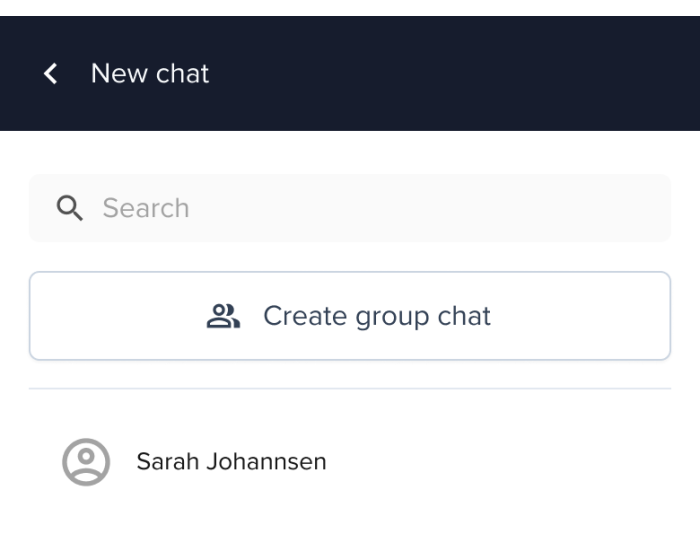
Messages
With the user now a member of one or more channels, messages can be sent and received over that channel.
Note: You don’t strictly need to be a member of a channel to send and receive messages, but membership is required for more advanced features such as presence and mentions, so it is recommended. See our documentation for more details.
To receive messages, first connect to the channel and specify a callback to be invoked when new messages arrive.
Sending messages is very flexible, but in its simplest form, the sendText method is used to send a basic text message:
Note that the message is (optionally) persisted with `storeInHistory` and additional metadata can be associated with the message.
You are not limited to sending textual messages, you can send files and links, or react with emojis. Messages can be forwarded, quoted, pinned, and you can even spawn threads or receive read receipts in reply.
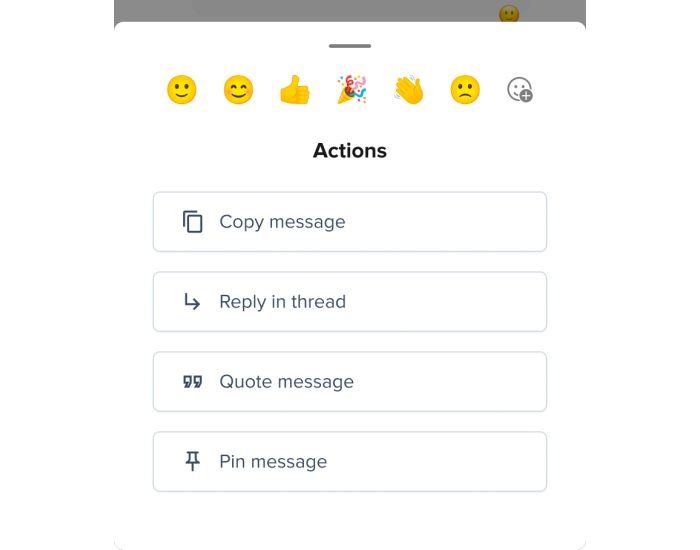
Combining Users, Channels, & Messages
Having configured your Users and Channels, as well as each user’s channel memberships, you can take advantage of powerful capabilities offered by the Chat SDK:
User Presence and Online Status: Increase interactivity by tracking which users are active or away with the ‘online status’ capability. See who is available on each channel or globally using the ‘channel presence’ feature.
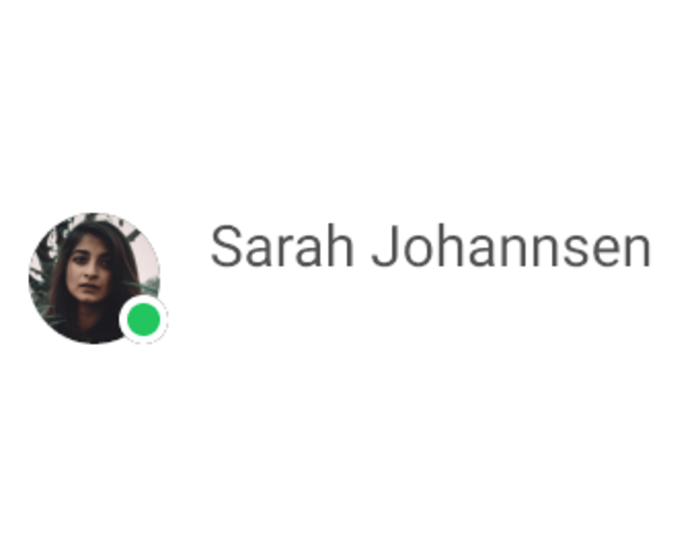
@Mention Users in Messages: When composing messages, users can see a list of suggested users when they start typing ‘@,’ sourced either globally or from only members of that channel. Since the SDK stores the list of mentioned users as a separate data structure alongside the message, you can use it to send notifications according to your business logic.
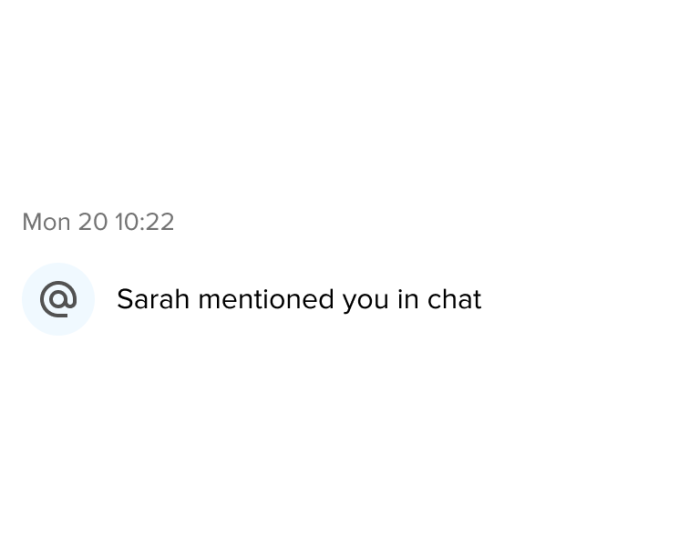
History: All messages and files can be optionally stored in persistent storage and assigned a custom time to live (ttl). Message storage is certified compliant, meaning you can build applications that require GDPR, HIPAA, or SOC2 with the Chat SDK. This list is incomplete, so please contact our expert team if you have specific requirements.
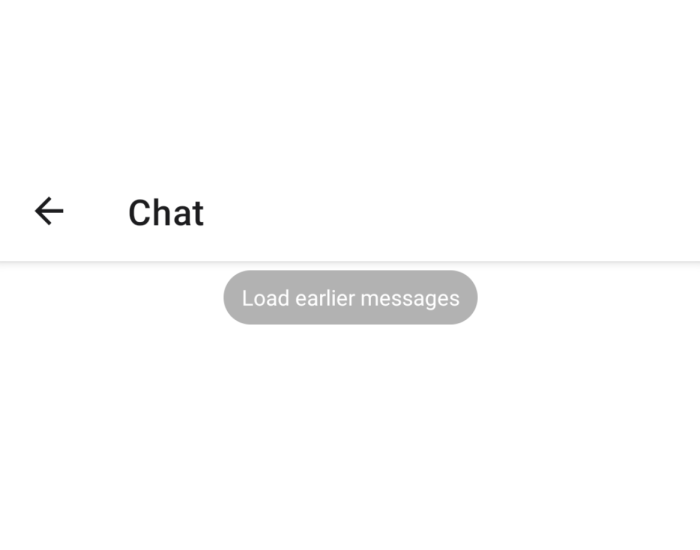
Edit and Delete Messages: After messages are sent, they can be optionally edited or deleted as needed. As the developer, you have complete control - you can choose to retain deleted messages in your history or delete them entirely.
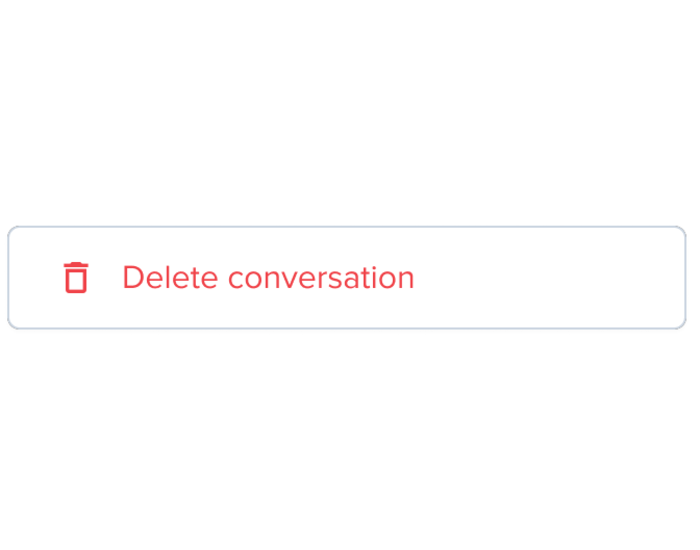
Moderation: The Chat SDK allows you to report or flag offensive messages.
Typing Indicator: Dedicated APIs for start and stop typing allow you to track who is typing on any individual channel. The Chat SDK will handle all the timeout logic for you, so you don’t have to worry about keeping track of arrays of actively typing users.
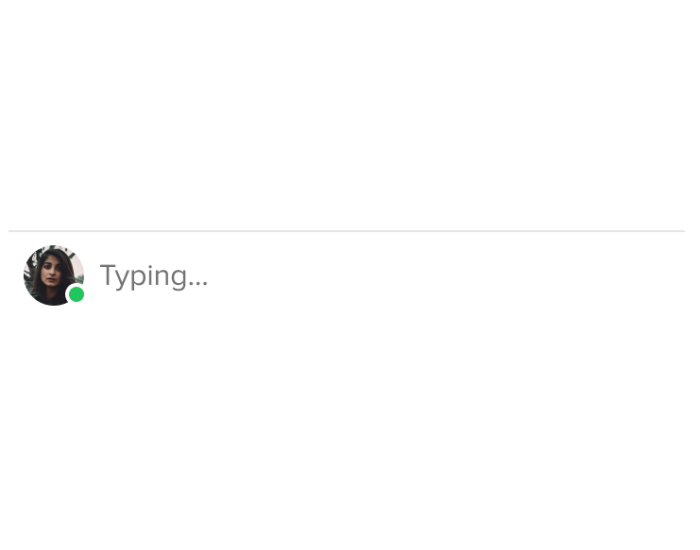
Mobile Push Notifications: PubNub has built-in support for mobile push notifications, so regardless of whether your users are running Android or iOS, you can notify users with the same platform-agnostic Chat API you use to send messages.
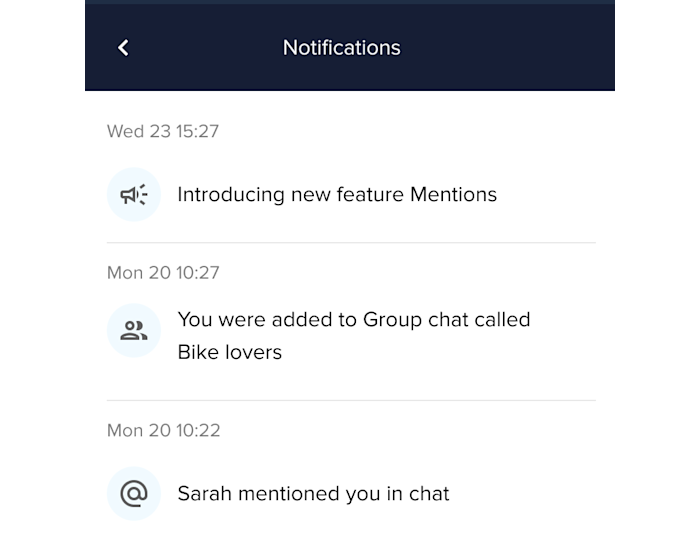
Implementation Details
These are the high-level building blocks of the chat SDK. Please check out our docs or the full demo to learn more about the implementation details. Additional resources can also be found at the end of this article.
Selecting an SDK: The Chat SDK or Another PubNub SDK?
Until the release of the PubNub Chat SDK, developers would use one of our traditional SDKs, for example, the JavaScript SDK, and build chat functionality based on the general JavaScript API. This is certainly possible to do, and thousands of developers have already done so, but the process was more complicated than it needed to be for developers specifically developing chat apps.
Let’s take, for example, how to implement an unread message counter in both the JavaScript SDK and the Chat SDK:
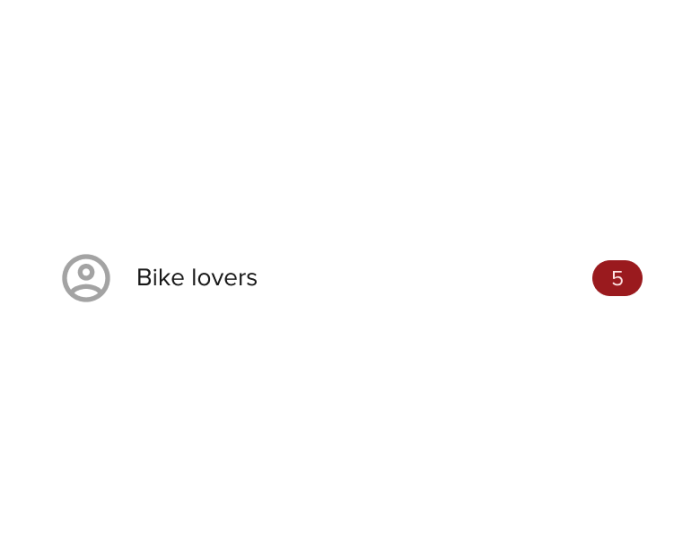
An unread message counter using the JavaScript SDK:
For the current user, viewing some specific channel, set the timetoken to indicate the latest message the user viewed.
The recommended way to do this is to use PubNub AppContext to store metadata associated with the user’s membership of the channel, setting `lastReadTimetoken` as required.
To determine the number of unread messages on any specific channel, call the messageCounts API and pass in both:
The channel name.
The last viewed timetoken, as stored in PubNub AppContext and set in the previous step.
This is how our showcase app implements the unread message count when the app first loads; specifically, please see message.js and chat.js.
An unread message counter using the Chat SDK:
As detailed in the Chat SDK documentation for unread messages:
For the current user’s channel membership, specify the last read message using the `setLastReadMessage()` API, which takes a Message as an argument.
The concepts of ‘channel membership’ and ‘messages’ are inherent parts of the Chat SDK.
Call the `getUnreadMessagesCount()` API on the current user’s channel membership.
Also, the Chat SDK unread messages documentation features an ‘Under the hood’ section, which explains how the Chat SDK is implemented… You will see that ‘under the hood’ the two implementations are identical. This means neither approach is better from a technical standpoint, but the Chat SDK is easier to understand and more user-friendly.
Getting Started with the PubNub Chat SDK
The PubNub Chat SDK is available from yarn and can be installed as follows:
Please see our Getting Started walkthrough to start integrating the PubNub Chat SDK with your application.
Resources and Next Steps
The following resources are available for our Chat SDK:
Documentation:
Our documentation page contains a full API reference, a getting started walkthrough, and a primer to explain some of the concepts and terminology used by the SDK.
Demos:
We have several pre-built demos, which can all be found in the js-chat monorepo on GitHub.
The React Native Group Chat Demo is a fully featured showcase for the Chat SDK and should be your first stop to understand the capabilities of the API.
For a simple introduction to the Chat SDK, please see the Getting Started demo, which is referenced by the documentation and uses React.
See the readme file associated with each demo for instructions on how to get started.
Feedback Welcome
We encourage you to download and try out the new SDK for your real-time applications and provide us with valuable feedback. You can contact PubNub support or the developer relations team directly at devrel@pubnub.com. Be on the lookout for additional Chat SDK resources in the future, and happy coding!